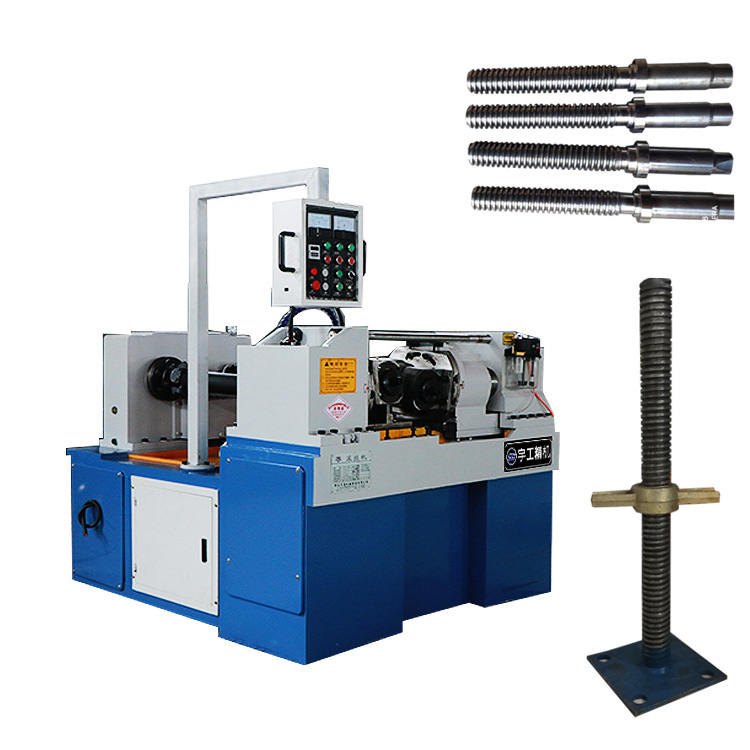
-
 Afrikaans
Afrikaans -
 Albanian
Albanian -
 Amharic
Amharic -
 Arabic
Arabic -
 Armenian
Armenian -
 Azerbaijani
Azerbaijani -
 Basque
Basque -
 Belarusian
Belarusian -
 Bengali
Bengali -
 Bosnian
Bosnian -
 Bulgarian
Bulgarian -
 Catalan
Catalan -
 Cebuano
Cebuano -
 Corsican
Corsican -
 Croatian
Croatian -
 Czech
Czech -
 Danish
Danish -
 Dutch
Dutch -
 English
English -
 Esperanto
Esperanto -
 Estonian
Estonian -
 Finnish
Finnish -
 French
French -
 Frisian
Frisian -
 Galician
Galician -
 Georgian
Georgian -
 German
German -
 Greek
Greek -
 Gujarati
Gujarati -
 Haitian Creole
Haitian Creole -
 hausa
hausa -
 hawaiian
hawaiian -
 Hebrew
Hebrew -
 Hindi
Hindi -
 Miao
Miao -
 Hungarian
Hungarian -
 Icelandic
Icelandic -
 igbo
igbo -
 Indonesian
Indonesian -
 irish
irish -
 Italian
Italian -
 Japanese
Japanese -
 Javanese
Javanese -
 Kannada
Kannada -
 kazakh
kazakh -
 Khmer
Khmer -
 Rwandese
Rwandese -
 Korean
Korean -
 Kurdish
Kurdish -
 Kyrgyz
Kyrgyz -
 Lao
Lao -
 Latin
Latin -
 Latvian
Latvian -
 Lithuanian
Lithuanian -
 Luxembourgish
Luxembourgish -
 Macedonian
Macedonian -
 Malgashi
Malgashi -
 Malay
Malay -
 Malayalam
Malayalam -
 Maltese
Maltese -
 Maori
Maori -
 Marathi
Marathi -
 Mongolian
Mongolian -
 Myanmar
Myanmar -
 Nepali
Nepali -
 Norwegian
Norwegian -
 Norwegian
Norwegian -
 Occitan
Occitan -
 Pashto
Pashto -
 Persian
Persian -
 Polish
Polish -
 Portuguese
Portuguese -
 Punjabi
Punjabi -
 Romanian
Romanian -
 Russian
Russian -
 Samoan
Samoan -
 Scottish Gaelic
Scottish Gaelic -
 Serbian
Serbian -
 Sesotho
Sesotho -
 Shona
Shona -
 Sindhi
Sindhi -
 Sinhala
Sinhala -
 Slovak
Slovak -
 Slovenian
Slovenian -
 Somali
Somali -
 Spanish
Spanish -
 Sundanese
Sundanese -
 Swahili
Swahili -
 Swedish
Swedish -
 Tagalog
Tagalog -
 Tajik
Tajik -
 Tamil
Tamil -
 Tatar
Tatar -
 Telugu
Telugu -
 Thai
Thai -
 Turkish
Turkish -
 Turkmen
Turkmen -
 Ukrainian
Ukrainian -
 Urdu
Urdu -
 Uighur
Uighur -
 Uzbek
Uzbek -
 Vietnamese
Vietnamese -
 Welsh
Welsh -
 Bantu
Bantu -
 Yiddish
Yiddish -
 Yoruba
Yoruba -
 Zulu
Zulu
Exploring Cost Factors and Price Trends for Thread Rolling Machines in Today's Market
Understanding the Price Factors of Thread Rolling Machines
Thread rolling machines are essential in various manufacturing processes, particularly in the production of screws, bolts, and other types of fasteners. These machines utilize a cold-working process that deforms the material to create threads, resulting in enhanced strength and surface finish compared to traditional cutting methods. As the demand for precision-engineered products continues to grow, understanding the price factors of thread rolling machines becomes increasingly important for manufacturers and cost estimators.
Key Factors Influencing Pricing
1. Machine Specifications The specifications of a thread rolling machine, such as size, capacity, and the complexity of its control system, significantly impact its price. High-capacity machines designed to handle larger workpieces or higher throughput will generally cost more. Additionally, machines with advanced features, like CNC (Computer Numerical Control) capabilities, offer increased precision and automation, leading to higher investment costs.
2. Type of Thread Rolling There are various methods of thread rolling, including flat dies and cylindrical dies. Each method has its associated costs, depending on the machinery involved and the complexity of the die design. For instance, cylindrical die machines may require more elaborate setups, thereby driving up the overall price.
3. Material Quality The manufacturing quality of the machine plays a crucial role in determining its price. Machines made from high-grade materials, with superior durability and resistance to wear and tear, are priced higher than those made from less sturdy materials. Investing in a quality machine can result in long-term cost savings through reduced maintenance and increased longevity.
thread rolling machine price product

4. Manufacturer Reputation The brand reputation and the manufacturer’s experience in the industry can influence the pricing. Established manufacturers often invest more in R&D, leading to superior technology and reliable customer service. Consequently, their machines may command a premium price, but they may offer better warranties, support, and overall reliability.
5. Geographical Factors The location where the machine is manufactured and sold also plays a critical role in pricing. Import tariffs, shipping costs, and local taxes can all add to the final price. Machines produced in countries with high labor costs may be more expensive, while those from regions with lower manufacturing overheads might be more competitively priced.
6. Customization and Options Many manufacturers offer customization options to meet specific production needs. Custom-designed machines or additional features like automation, integrated software for process monitoring, or enhanced safety measures can increase the price significantly.
7. Market Demand and Trends Finally, market dynamics also influence prices. For instance, if there is a surge in demand for certain types of fasteners or industries, manufacturers might increase prices. Conversely, during a downturn in the economy, prices may be adjusted to remain competitive.
Conclusion
Investing in a thread rolling machine is a significant decision for any manufacturer, requiring a careful analysis of various pricing factors. By understanding the elements that influence machine cost, businesses can make informed decisions that align with their production needs and budgetary constraints. In the competitive manufacturing landscape, choosing the right thread rolling machine can not only enhance production efficiency but also contribute to the overall profitability and sustainability of a business in the long run. As technology continues to evolve, staying abreast of these trends will be vital for manufacturers looking to maintain a competitive edge.
